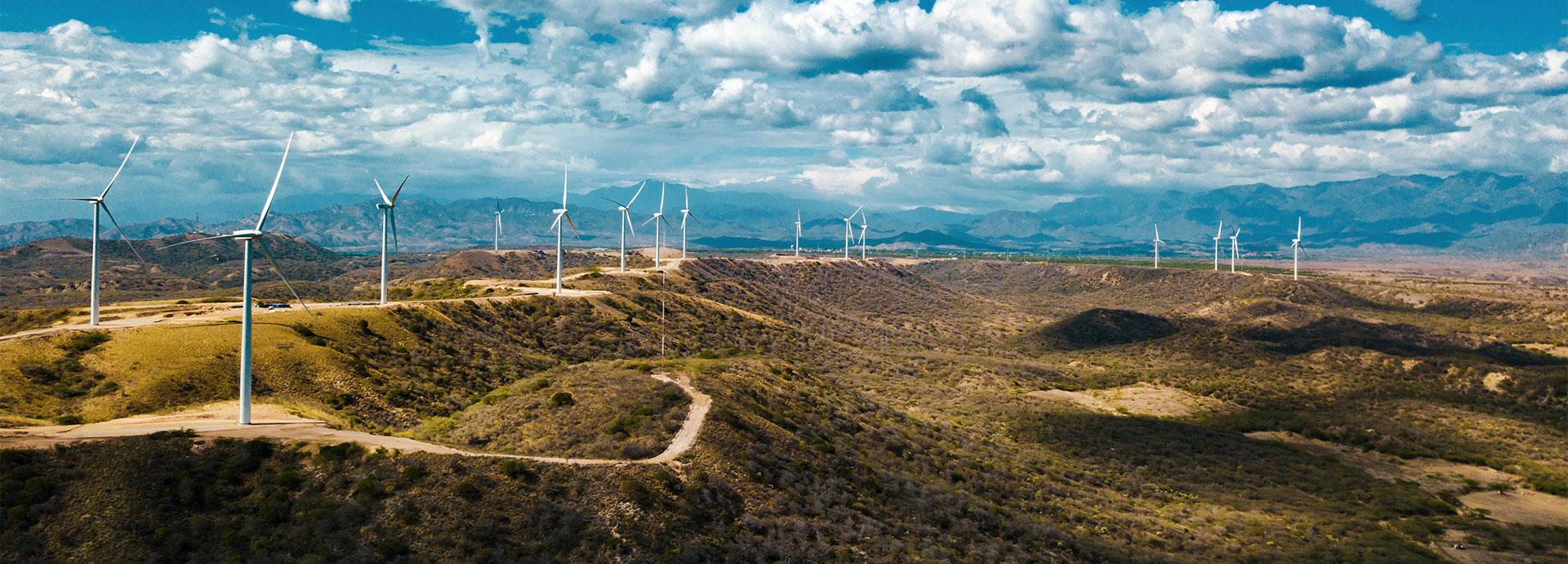

Path to 100% Renewables for Dominican Republic
The Dominican Republic is considered a leader in energy and policy in the Caribbean. At the end of 2018 the Dominican Republic approved a Nationally Determined Contribution (NDC) Action Plan to reaffirm the countries pledge to maintain the targets set by the Paris Climate Agreement. This being one of the actions showing the Island nation’s commitment to reducing emissions and increasing the amount of renewable energy in their power system.
The popular tourist destination is not only setting targets with the objective of reducing their carbon foot-print but also for economic reasons. The falling price of renewable energy across the world is a welcome sign to an Island nation like the Dominican Republic that is heavily dependent on imported fossil fuels.
The purpose of this paper is to contribute to the conversation in the Dominican Republic and analyse the most cost-effective ways forward for the country’s power sector. This study contemplates several scenarios and compares the outcomes to the country’s current strategy.
This study provides the necessary information to understand the impact of certain decisions, taken today, on future factors such as the total cost of power, system emissions and reliability, and the ability to reach renewable targets set forth.
Contents
- Introduction to the Dominican Republic
- Objectives and Inputs for the Study
- Summary of Scenarios
- Scenario Results
- Conclusions
- Appendix 1 – Sub Scenarios
- Appendix 2
- Appendix 3


